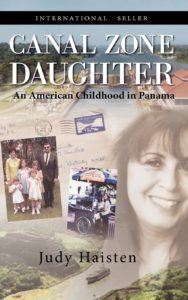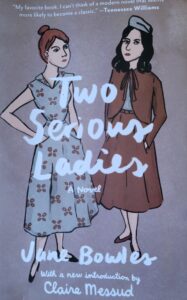 Two Serious Ladies: A Novel by Jane Bowles
Two Serious Ladies: A Novel by Jane Bowles
Tennessee Williams called Two Serious Ladies: A Novel his “favorite book.” Truman Capote lauded that Bowles’ book was a “modern legend.” I have a vastly different opinion.
I enjoyed the fact that Jane Bowles’ first and only novel takes place in Panama. That is the reason I chose to read it, and the only reason I finished the book. Since I was curious about how and why she chose Panama as the setting, I dug up a little biographical information about Mrs. Bowles. Though, I didn’t accomplish my goal of understanding why she chose Panama as her setting, I did learn that Jane Bowles was an American who lived abroad in France and Switzerland as a teenager. Later, she lived in Mexico and, then, Morocco. She was married to Paul Bowles, who is the author of The Sheltering Sky, and she was also Jewish, Lesbian, and “temperamentally and artistically original.” Jane Bowles died in a Spanish convent in 1973.
This little novel, Two Serious Ladies, is 200 pages long and is weird. Apparently, though, Tennessee Williams, Truman Capote, and a few others consider it a modern classic. Yes, the style is modernistic, but the novel is also scattered, hard-to-follow, and much-too-much work to get anything out of it. Basically, it garnered a few smiles at a witty line or two and some nostalgic enjoyment reading “time and place” details about Panama.
The main characters are the two serious ladies: Christina Goering and Frieda Copperfield. Both of these ladies live sheltered upper middle-class lives in New York, and they embark on separate life journeys, possibly trying to find meaning in their own lives.
Christina Goering, referred to as Miss Goering, is a spinster and daughter of a powerful industrialist. She decides to sell her beautiful home and move to a run-down house on a nearby island. She invites two people (her companion, Miss Gamelon and a new acquaintance, Arnold) to join her in living on the island. None of them find happiness on the island, and Miss Goering leaves her friends and takes the ferry back to the mainland where she chances upon random adventures.
The other main character, Frieda Copperfield—referred to as Mrs. Copperfield—is married to a man who loves travel and adventure. She reluctantly agrees to accompany her husband on his latest exploration to Panama. Mrs. Copperfield does not enjoy being a typical tourist and refuses to stay at the traditional (and acceptable) Hotel Washington. Since she is the one with the money and the one funding the trip, the Copperfields have an unconventional time in Panama. Mrs. Copperfield finds a room at the hotel/bar of Madame Quill in the red-light district of Colon, Panama and befriends a young prostitute name Pacifica while Mr. Copperfield takes the train to Panama City and goes exploring the jungle. Through the unlikely friendship with Pacifica, Mrs. Copperfield learns a lot about herself. I’m not quite sure what life lessons she learns, but Mrs. Copperfield says she did.
While I enjoy reading literary books, indie books, and off-the-wall type books, this book was not for me. At the end of the book, I felt a sigh of relief that I reached the last page. For me, Mrs. Bowles was working very hard to create a story about two entitled women looking for meaning in their lives. To do that, the author chose to take her characters on paths that would be perceived as scornful and scandalous—a trope, I find, tiresome and elitist.
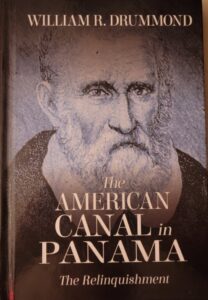 This is the story of William Drummond, a president of the local Canal Zone AFGE (American Federation of Government Employees) union. He came to the Canal Zone as an Army sergeant stationed at Fort Kobi, and he witnessed the historic 1964 riots. His account of the riots is both interesting and insightful. After discharging from the Army, Drummond began his career as a Panama Canal employee and married a Panamanian woman who happened to be the aunt of two of the men that planted the flag on top of a light pole on Fourth of July Avenue and I Avenue. A picture of the flag placed there was later published by Life magazine. The Panamanians refer to this event as Martyrs’ Day.
This is the story of William Drummond, a president of the local Canal Zone AFGE (American Federation of Government Employees) union. He came to the Canal Zone as an Army sergeant stationed at Fort Kobi, and he witnessed the historic 1964 riots. His account of the riots is both interesting and insightful. After discharging from the Army, Drummond began his career as a Panama Canal employee and married a Panamanian woman who happened to be the aunt of two of the men that planted the flag on top of a light pole on Fourth of July Avenue and I Avenue. A picture of the flag placed there was later published by Life magazine. The Panamanians refer to this event as Martyrs’ Day.  William Drummond worked for the Canal Zone Police Division, and in his book An American Canal in Panama, he provides a lot of research and background (some documented and some not) information revealing an inside view of the Canal Zone governance and social dynamics. The life details he provides are not packaged in a pretty gift of nostalgia, but can be gritty and raw. That’s the way life is.
William Drummond worked for the Canal Zone Police Division, and in his book An American Canal in Panama, he provides a lot of research and background (some documented and some not) information revealing an inside view of the Canal Zone governance and social dynamics. The life details he provides are not packaged in a pretty gift of nostalgia, but can be gritty and raw. That’s the way life is.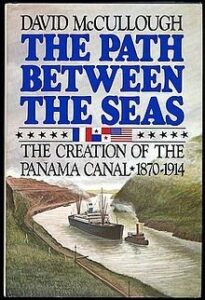

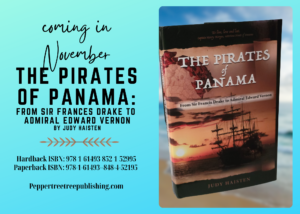
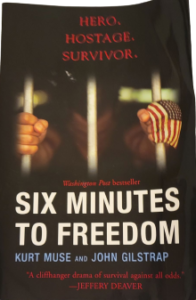
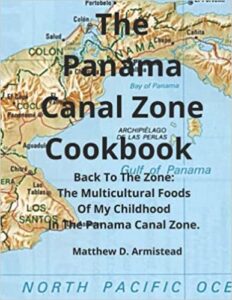 What a treat! Both literally and figuratively! I am not a cook, and I am not normally drawn to cookbooks, but with a title of
What a treat! Both literally and figuratively! I am not a cook, and I am not normally drawn to cookbooks, but with a title of 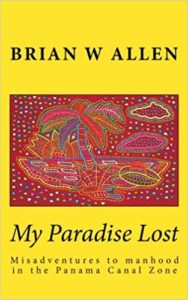 My Paradise Lost: Misadventures to Manhood in the Panama Canal Zone. Brian W. Allen. Jan 29,2013
My Paradise Lost: Misadventures to Manhood in the Panama Canal Zone. Brian W. Allen. Jan 29,2013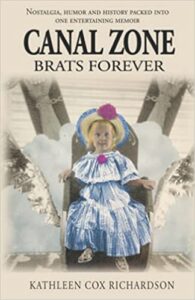 Canal Zone Brats Forever: Kathleen Cox Richardson
Canal Zone Brats Forever: Kathleen Cox Richardson